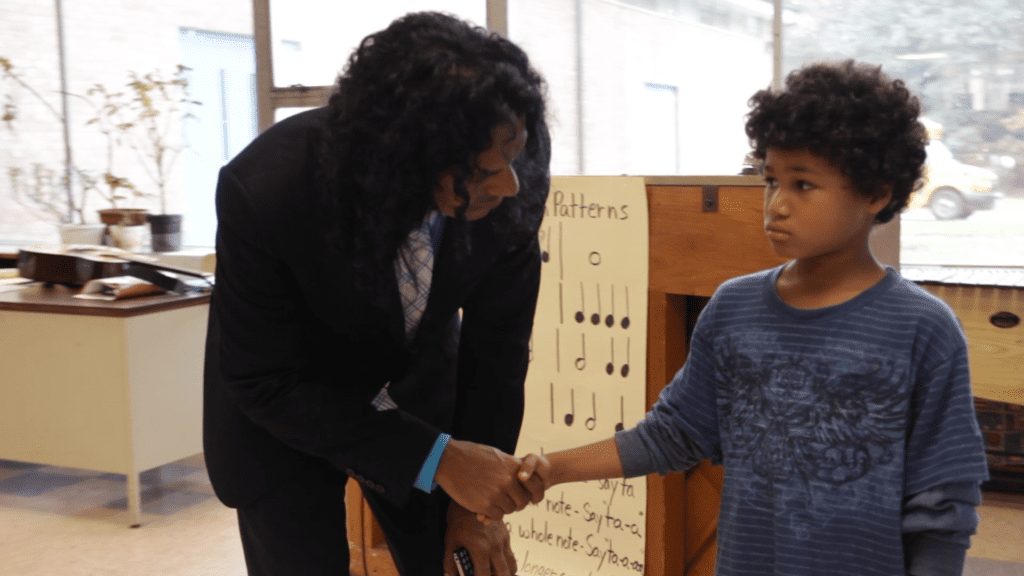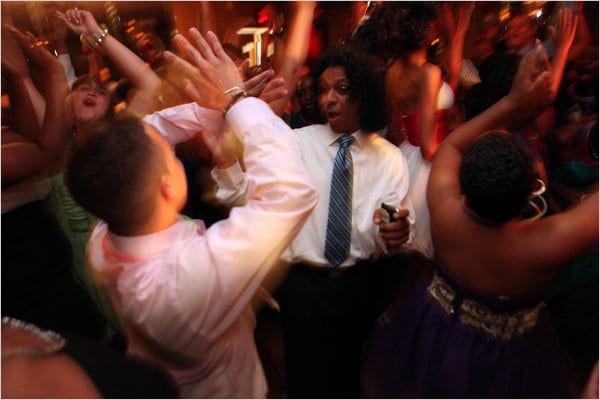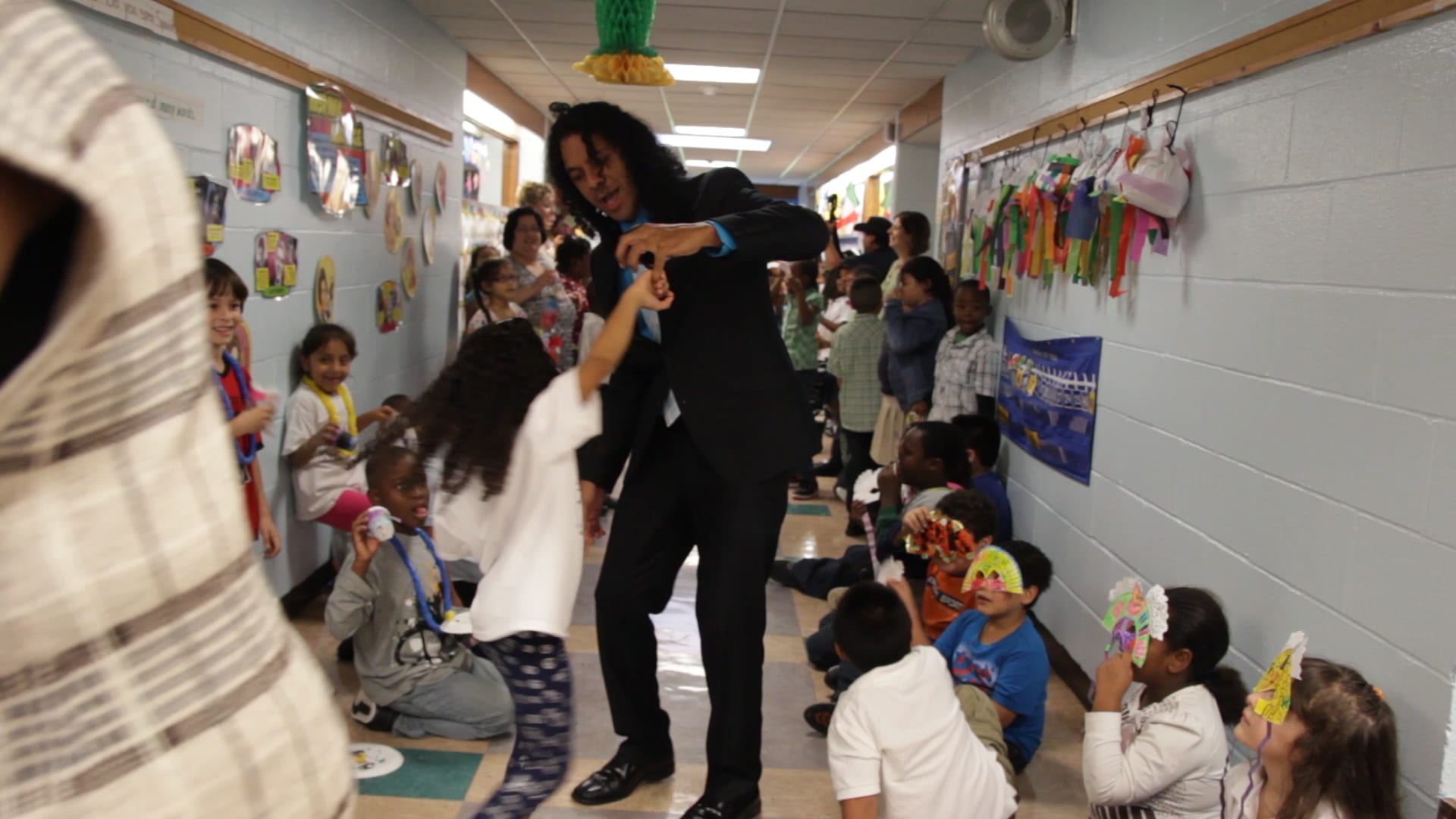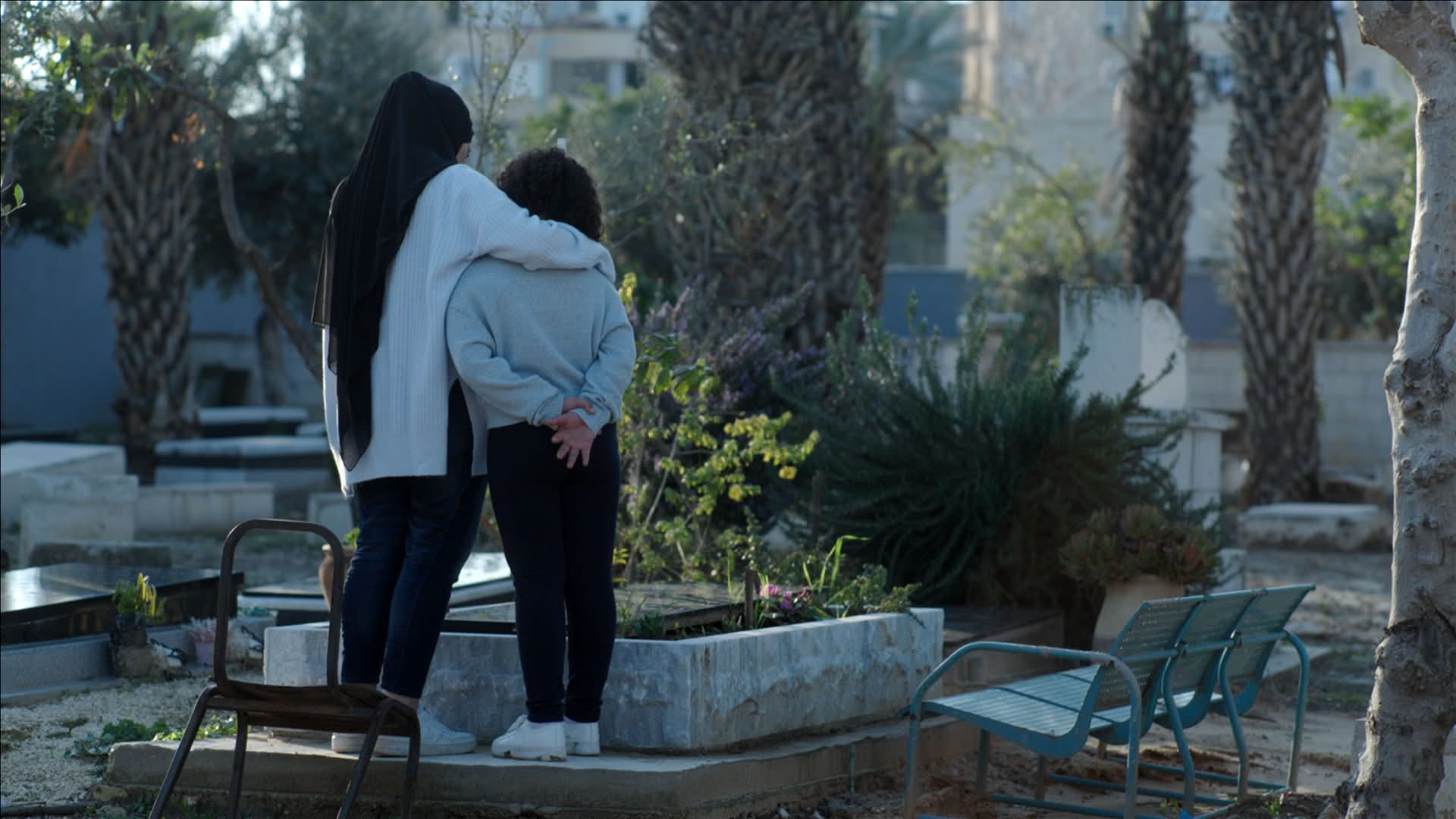A gifted educator can often make an important difference in the lives of students. My Name Is Pedro, from documentarian Lillian LaSalle, is the story of a charismatic school administrator who managed to turn around struggling schools through his belief in and interaction with students and teachers.

Pedro Santiago grew up in the Bronx. He wasn?t an exemplary student, but as is often the case, a teacher believed in him enough for him to believe in himself. After college and a stint in Africa with the Peace Corps, Santiago began teaching in his old community. He rose to the position of Principal and took on a failing middle school. Soon the metrics for the school were showing vast improvement?enough that he was profiled in the New York Times. He was then hired as Assistant Superintendent by a struggling suburban school district.
His tenure in that district turned out to be problematic, mostly because of the political setting. The East Ramapo School District is one of the few districts in which more students are in private schools than public schools, largely because of a large Hasidic community who teach their children in Yeshivas. When Hasidim became the majority of the school board, budgets and programs were cut. In time it led to changes in the administration and Santiago?s termination, in spite of great community support for him.

In reality, there are two documentaries here. The first a personal profile of an educator. Santiago is a worthy subject for times when public schools are often seen as failing. He is evidence that it is possible for even schools with a history of problems to become successful. The parts of his life we?re shown are inspiring, but it is obvious that there are parts he?s not sharing with us. For example, we see only hints of his family life?enough to raise questions that aren?t answered. We see bits of his method of working in schools, but not enough to really have a feel that his methods could be more broadly applied, or are they site specific?
The second documentary is about the school district. The dynamics of the board meetings we attend seem to be an example of civic dysfunction. Viewers are left to wonder how things could have gotten to the point where people not invested in public education are running a school district. (This concept comes up again at the ending when there are clips of Secretary of Education Betsy DeVos, who has not attended, sent her children to, or taught in a public school, yet is in charge of federal government education policy.)

Neither of these possible documentaries are fully developed. We may find inspiration in Santiago?s story, but we never get deep enough into the subject. Watching the politics of the school board just leaves us shaking our heads in disbelief at their cavalier attitude toward the public, and wondering about the politicization of education.
My Name is Pedro is available via Virtual Cinema through local arthouses.
Photos courtesy of Sweet 180.




